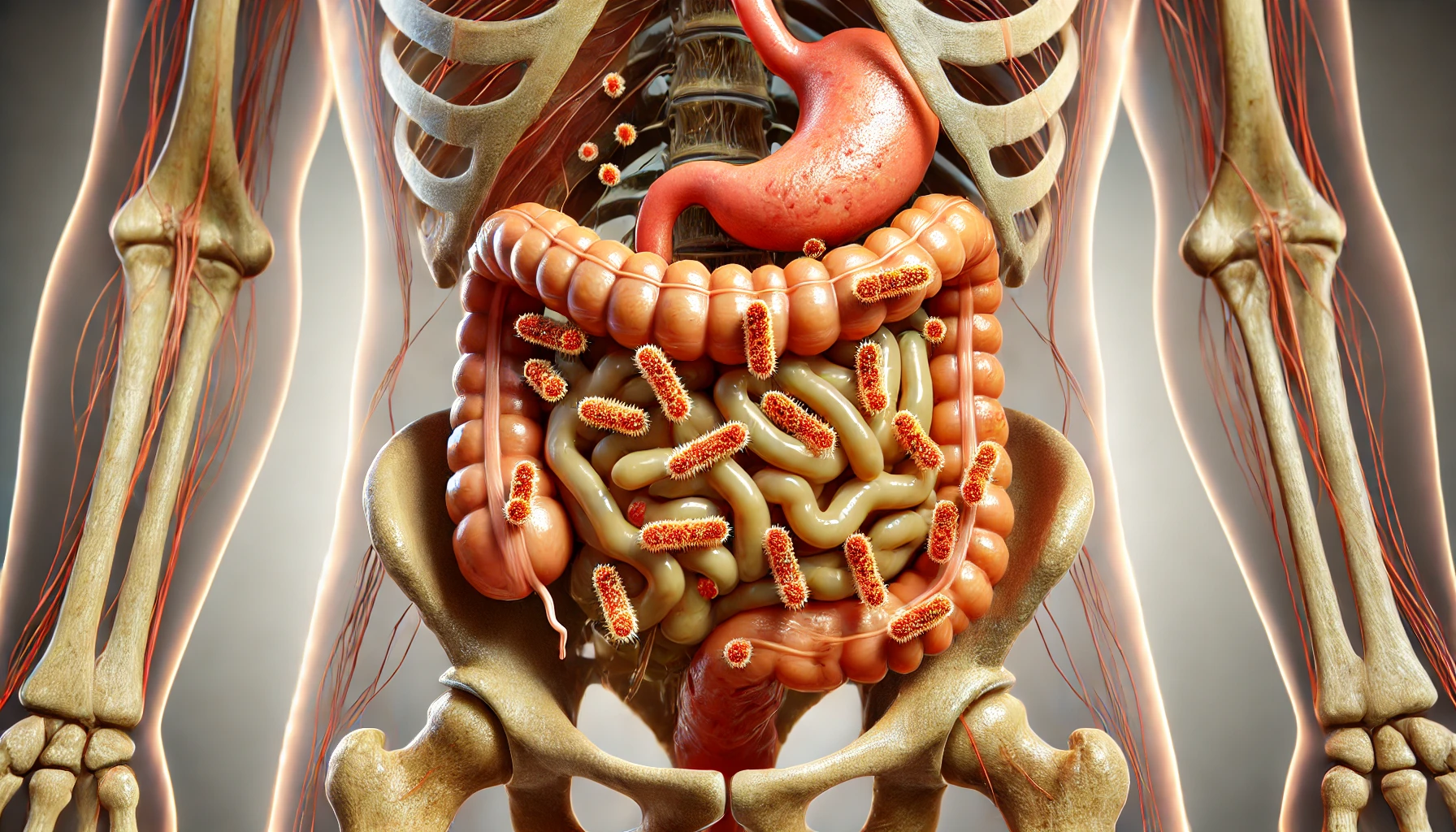This post was written with Consensus AI Academic Search Engine – please read our Disclaimer at the end of this article. E. coli poses significant health risks, particularly through its pathogenic strains that cause diarrheal diseases, UTIs, and systemic infections. Continued research and development of vaccines and other preventive measures are essential in mitigating these dangers. Public health efforts focusing on hygiene and sanitation also play a critical role in preventing E. coli infections.
Escherichia coli (E. coli) is a diverse group of bacteria found in the environment, foods, and intestines of people and animals. While most strains of E. coli are harmless, some can cause serious food poisoning and other severe infections. This article explores the dangers posed by different strains of E. coli, their impact on human health, and ongoing research efforts to mitigate these risks.
Pathogenic Strains of E. Coli
Certain strains of E. coli are pathogenic, meaning they can cause disease. These include:
Enterotoxigenic E. coli (ETEC)
ETEC is a leading cause of bacterial diarrhea in children in developing countries and travelers. It produces toxins that stimulate the lining of the intestines, leading to severe diarrhea. Research has shown that ETEC can cause substantial morbidity and mortality in children1 3 9.
Shiga Toxin-Producing E. coli (STEC)
STEC, including the notorious E. coli O157:H7, produces Shiga toxins that can lead to severe foodborne illness. These toxins can cause bloody diarrhea and hemolytic uremic syndrome (HUS), a condition that can result in kidney failure. E. coli O26, another STEC strain, is also a significant cause of foodborne infections4.
Extraintestinal Pathogenic E. coli (ExPEC)
ExPEC strains can cause infections outside the intestines, such as urinary tract infections (UTIs), sepsis, and meningitis. These infections are particularly dangerous in hospital settings and among individuals with weakened immune systems2 5.
Health Impacts
The health impacts of pathogenic E. coli strains can be severe and sometimes life-threatening:
Diarrheal Diseases
ETEC and other diarrheagenic E. coli strains are major causes of diarrheal diseases, particularly in children in low- and middle-income countries. These infections can lead to dehydration, malnutrition, and even death if not properly treated1 3 9.
Urinary Tract Infections
ExPEC strains are a common cause of UTIs, especially in women. Recurrent UTIs can lead to chronic kidney disease and other complications. Vaccines targeting ExPEC have shown promise in reducing the incidence of these infections2 5.
Systemic Infections
STEC infections can lead to systemic complications such as HUS, which can cause kidney failure and other severe health issues. The presence of Shiga toxins makes these infections particularly dangerous4.
Research and Prevention
Ongoing research aims to develop effective vaccines and other preventive measures against pathogenic E. coli strains:
Vaccine Development
Several vaccines are in development to protect against ETEC and ExPEC infections. For instance, the ETVAX vaccine has shown promising results in inducing strong immune responses in both children and adults1 3 9. Similarly, the ExPEC4V vaccine has demonstrated safety and immunogenicity in preventing ExPEC infections2 5.
Prophylactic Measures
Prophylactic use of bovine milk immunoglobulin concentrate has been shown to protect against ETEC-induced traveler’s diarrhea, highlighting the potential of passive immunization strategies10.
Hygiene and Sanitation
Improving hand hygiene and sanitation practices is crucial in preventing the spread of E. coli infections. However, studies have shown that antimicrobial hand towels may not offer significant advantages over standard handwashing practices8.
Disclaimer
The content presented in this blog is generated by Consensus, an AI-powered academic search engine, and is based on publicly available scientific literature. While every effort is made to provide accurate, up-to-date, and well-researched information, the content is intended for informational and educational purposes only. It does not constitute medical advice, diagnosis, or treatment. Always consult a qualified healthcare professional before making any decisions regarding medical conditions, treatments, or medications. The AI system’s analysis may not cover all perspectives, emerging research, or individual cases, and it is not a substitute for professional expertise. Neither the blog publisher nor the developers of the AI-powered search engine are responsible for any actions taken based on the information provided in this content. Use of this information is at your own risk. Citations to the original scientific studies are included for reference, but these studies should be reviewed in full and interpreted with the guidance of a healthcare or research professional.
If you are experiencing a medical emergency, please seek immediate attention from a healthcare provider.
